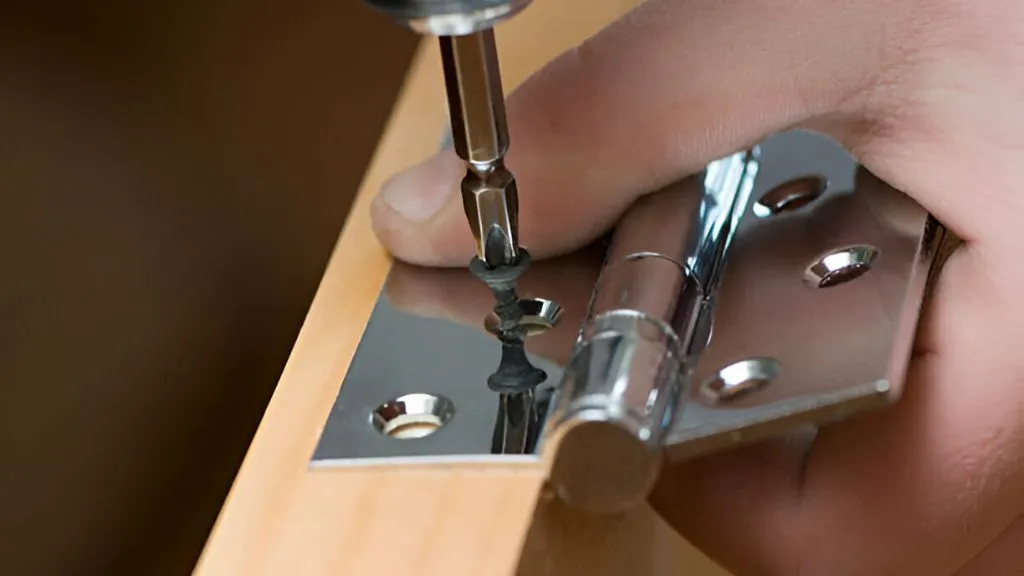
Wardrobe doors that creak, sag, or fail to close properly can be a daily annoyance, affecting both functionality and appearance. Choosing the wrong hinges can lead to such problems, compromising the durability and smooth operation of your wardrobe.
Fortunately, selecting the right type of hinge can solve these issues, ensuring hassle-free use and a polished look. From concealed hinges to soft-close options, there are numerous designs to fit every wardrobe style and need. In this article will guide you through the best hinges for wardrobe doors and highlight the top hinge types available in the market.
How to Choose The Best Hinges for Wardrobe Doors?
As you may have heard, everything has advantages and disadvantages, and wardrobe hinges are no exception. The best hinges for wardrobe doors come in so many various styles complicates the challenge of selecting the best hinges for the wardrobe door. Each hinge has a unique purpose and uses, making it even more important to choose the proper ones for your wardrobe.
So, let’s take a look at a few parameters that you must consider when choosing the best hinges for wardrobe doors in your house:
- Hinge material and finish
- Hinge radius
- Hinge size
1. Hinge Material and Finish
Some hinges are virtually undetectable, and the design of the hinge may either complement or draw attention to your door. To bring out a clean aesthetic, it’s crucial to pick the correct finishing and material for your wardrobe door hinge.
While a basic white door may appear ordinary at first glance, adding a bright brass or gleaming chrome hinge may make it stand out and appear brand new. A bright, vivid bathroom wardrobe, on the other hand, might get a new elevated look from a modest, muted finish that blends in with the door.
The following materials are best suited for the hinges of your wardrobe door:
- Brass
- Chrome
- Nickel
- Oil-rubbed bronze
- Prime coat
- Stainless steel
- Steel
- Zinc
2. Hinge Radius
Depending on the outer curvature of the hinges, they are of two types:
- ⅝ inch radius hinge
- ¼ inch radius hinge
3. Hinge Size
The number of hinges required for your wardrobe door is best determined by the thickness and height of the door. As a general guideline, one hinge should be used for every 30 inches of the door. For example,
- Two hinges are required for doors up to 60 inches high
- Three hinges are required for doors above 60 inches but not over 90 high
- Four hinges are required for doors above 90 inches but not over 120 high
4 Best Hinges for Wardrobe Doors
Here are the most common types of hinges for wardrobe doors:
- Clip-On Hinges
- Self-Closing Hinges
- Slide on Hinges
- Soft-Closing Hinges
Let’s take a closer look at each of these types of hinges.
1. Clip-On Hinges
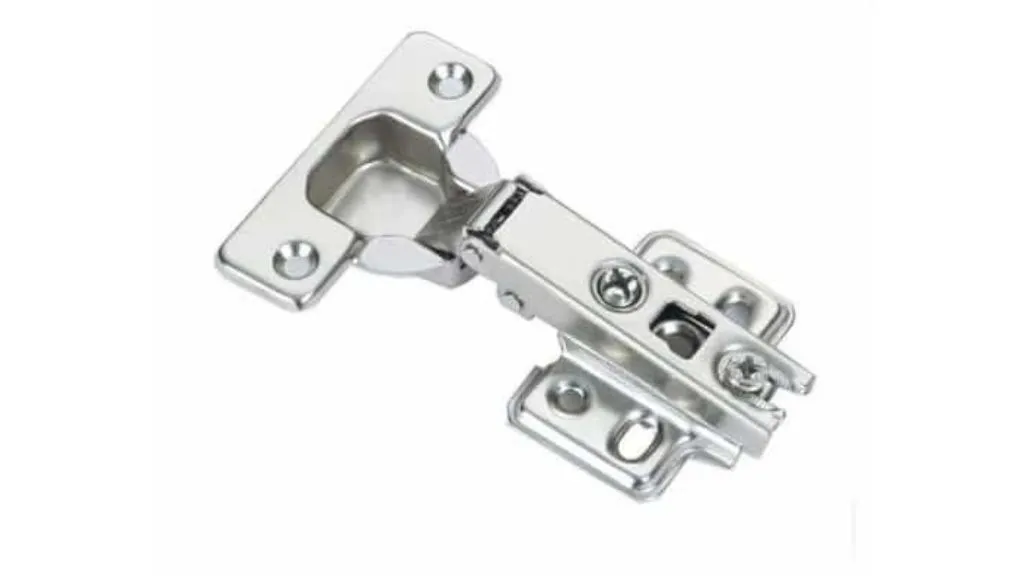
Clip-on hinges are ideal for wardrobes with large storage capacity because they allow for easy door movement. They provide the doors with incredible sturdiness, and their installation method assures secure anchoring in a wide range of materials.
Here are some of the benefits of clip-on hinges:
- If you would like your door to match totally with the frame, clip-on hinges are the way to go.
- Bad hinges might detract from the overall appearance of the door. With clip-on hinges, however, you can align your door with the wardrobe and save strain that might be caused by improper installation.
- Clip-on hinges are the quickest and most convenient way to fasten a wardrobe door to its frame. They are simple to install and help to ensure that doors open and close smoothly.
2. Self-Closing Hinges
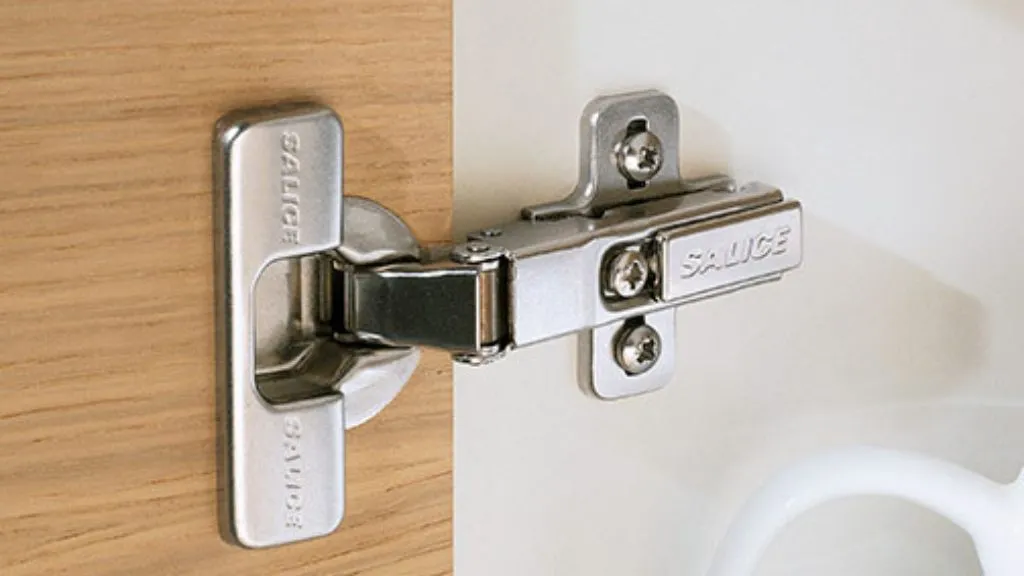
You may use self-closing hinges to make the wardrobe doors close with only a tiny push. They have a spring integrated into them, so as you start shutting the wardrobe door and it gets close to closing, the spring kicks in and draws the door shut with a tap.
Here are its advantages:
- The wear and strain on the wardrobes can be decreased by using soft-closing hinges to stop the doors from shutting with a loud bang. They will extend the useful life of your wardrobes by shielding them from dings, dents, and breaks.
- Have your fingers ever ached when attempting to close a wardrobe? Naturally, everyone has. You may spare your fingers from such a terrible experience by using soft-close hinges.
- Not only do the hinges function effectively, but they also improve the appearance of your clothing. These hinges are here to support you if you’re trying to enhance the general appearance of your house.
3. Slide on Hinges
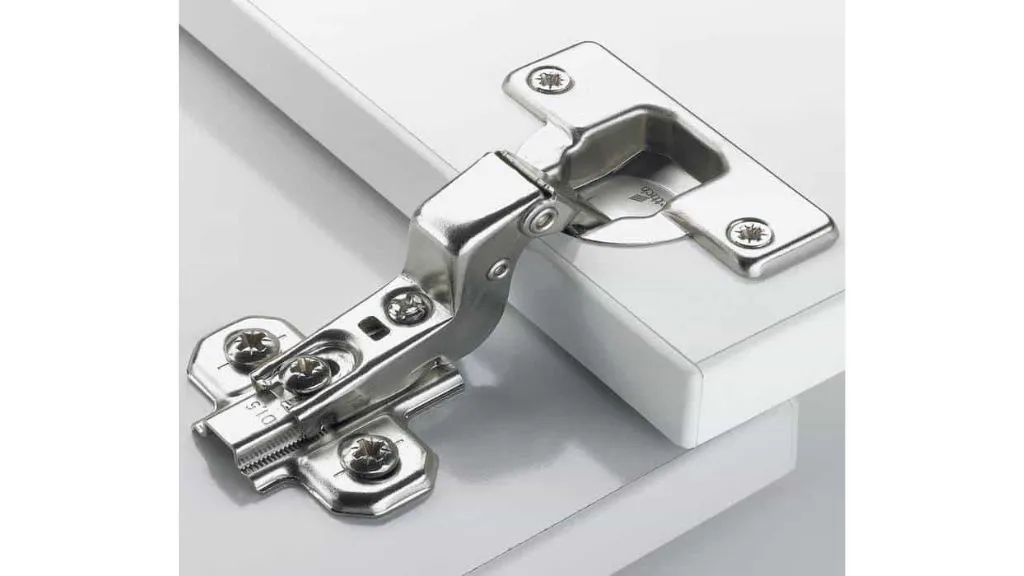
Slide-on hinges are one of the greatest alternatives you have when it comes to maintaining the wardrobe door in good condition for a long time.
To guarantee a smooth opening and shutting, the hinges retain the doors in a firm position, preventing them from tilting to one side. When it comes to giving your house a spectacular makeover, choosing these hinges might be one of the finest decisions you make.
4. Soft-Closing Hinges
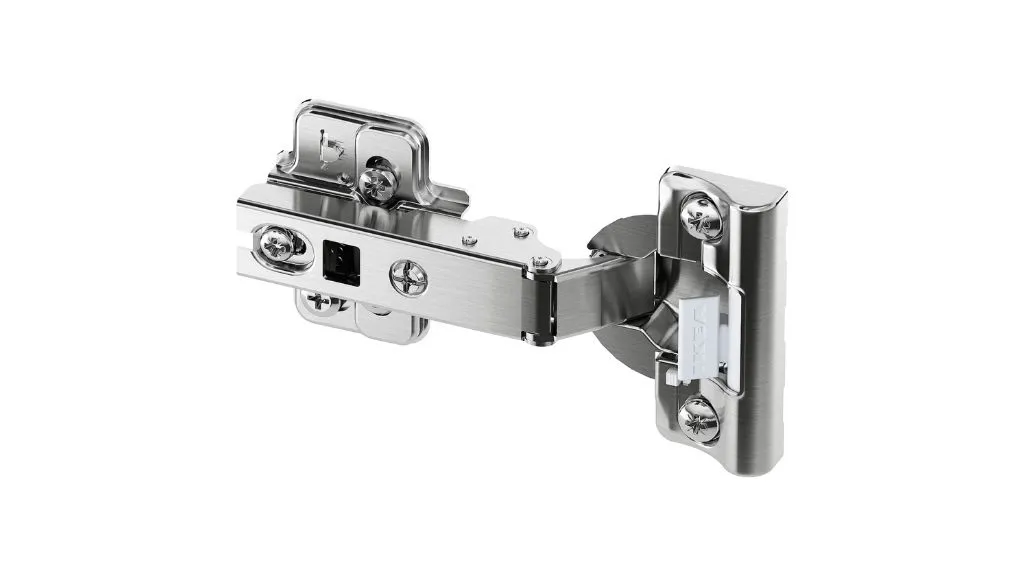
Soft-closing hinges are ideal if you don’t want any extra noise in your house. They have hydraulic systems built into them so that when you lock a door, the hydraulics kick in and softly close the door without making a loud noise.
The following are some of the advantages of employing soft-closing hinges:
Soft-closing hinges prevent doors from shutting with a thud, extending the life of your wardrobes and minimizing wear and tear. They’ll keep your wardrobes safe from dents, scratches, and breaks while also extending their useful life.
The soft-closing hinges are not only functional, but they also give your closet a more modern appearance. These hinges have your back if you’re trying to improve the overall appearance of your house.
Here are some other types of hinges for wardrobe robes:
1. No-mortise Hinges
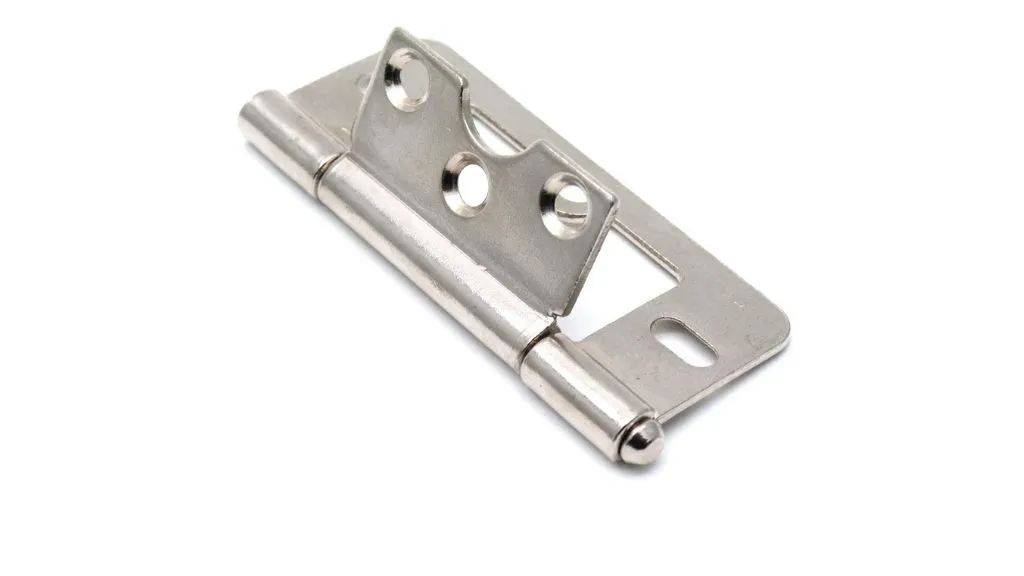
It consists of two pivoting plates whose overlapping fingers create a barrel and are connected by a pin to produce the typical hinge. A plate is fastened to the cabinet and the door, respectively. To avoid an excessive gap when using butt hinges, the door and/or the cabinet may need to be mortised.
It is a kind of butt hinge that shortens the gap between the cabinet and the edge of the door. No-Mortise hinges fold in on themselves when they are closed. The hinge’s actual thickness is thereby decreased to that of one leaf. Secondly, it allows for surface mounting of the hinges (without mortising the door or the cabinet).
2. European Hinges
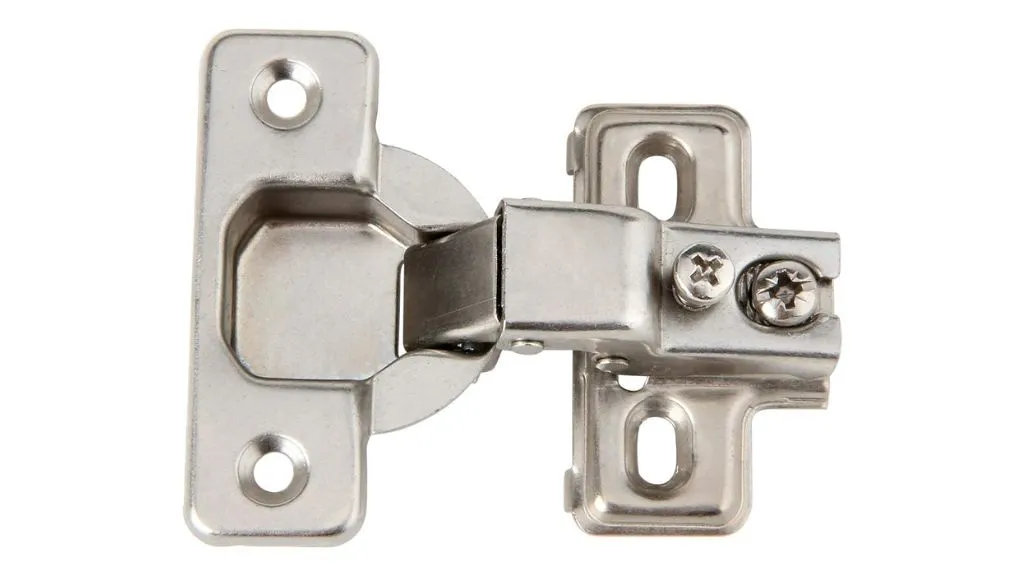
European hinges are also known as cup hinges, concealed hinges, or Euro hinges. They are popular in Europe and North America and are often found on frameless cabinets due to their sleek and modern appearance.
The hinge is typically 35mm in diameter, which is why it is often called a 35mm hinge. The cup is designed to fit into the mortise so that it is concealed when the door is closed.
One of the key benefits of European hinges is their ability to adjust in multiple directions. This adjustability allows for easy fine-tuning of the door’s alignment. For example, side adjustment can be used to control the gaps between doors, cabinets, and walls to achieve precise parallel alignment.
Height adjustment can be used to align the top and bottom of the doors. Depth adjustment, which is not always accessible, can be used to align the vertical front of the cabinet’s door faces.
Another advantage of European hinges is that they are easy to install and remove. The hinge cup is often self-closing, which means that the door will close automatically when it is within a few inches of the cabinet frame.
3. Semi-concealed Hinges
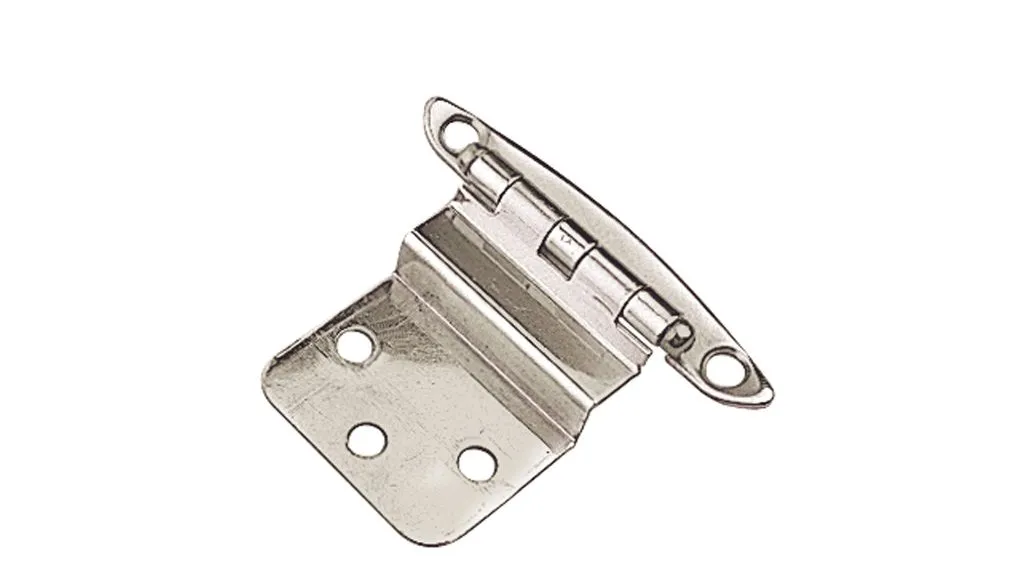
Semi-concealed hinges are a type of cabinet hinge that are partially visible from the exterior of the cabinet. They are often used for traditional or decorative cabinets where the hinge is meant to be seen as part of the overall design.
Unlike concealed hinges, semi-concealed hinges have a visible knuckle or pivot point where the two halves of the hinge meet. This knuckle can be ornamental, with a ball tip or finial tip that adds to the aesthetic of the cabinet.
Semi-concealed hinges typically have one part of the hinge attached to the cabinet frame and the other part attached to the cabinet door. The attached part of the hinge is visible on the exterior of the cabinet, while the other part is concealed inside the cabinet.
Some Factors You Must Consider When Placing Hinges for Wardrobe Doors
- Consider the material finish of the hinge and ensure it matches your interior look.
- Make sure the types of hinges you choose serve the desired functionality you need.
- Check if the hinge is left or right-handed and if it has a removable or fixed pin.
- Types of hinges are made of various materials, such as copper, steel, brass, bronze, and pewter. Choose a finish that complements your door or cabinet design.
- Select an appropriate size hinge for your convenience.
- Installation difficulty varies, so choose a hinge based on your experience and the installation procedure.
- If purchasing a hinge for an exterior door, ensure it’s resistant to corrosion and weather damage.
- Choose a hinge that fits within your budget range.
Closing Thoughts
Hinges are the little pieces of hardware that allow the door to open and close. You also don’t want to have to repair your hinges every year. As a result, choose the best hinges for your wardrobe door that are made of high-quality materials that will serve you well for many years.
We hope that this guide has helped you in determining best hinges for wardrobe doors.






